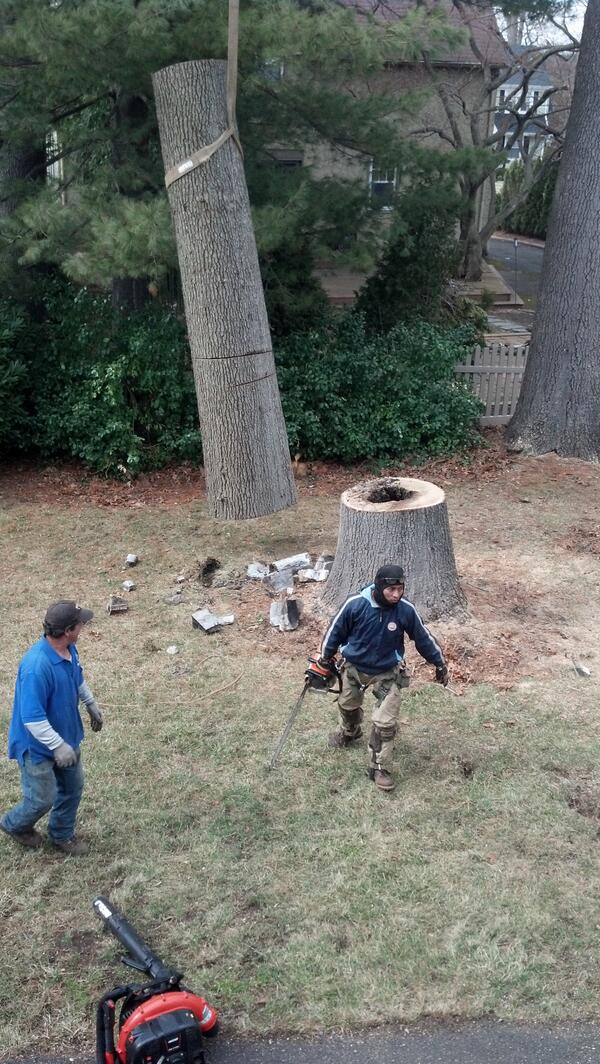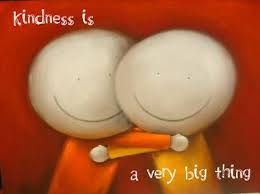It started thinking about this when I read
http://chartingbythestars.wordpress.com/,. Then, the NYTimes op-ed (
Teachers: Will We Ever Learn? by Jal Mehta) was all over Twitter, so I thought some more (of course teachers should be treated as professionals)! I read
Katherine Sokolowski post about why she chooses to stay in the classroom and I was re-inspired! As I talk to colleagues about our preformance plans and our end of the year evaluations, and as I try to compile my own binder and remember "some" of what I did as "proof" of my own effectiveness this year, these posts hit close to my heart and cause me to reflect on my own story!
Here's my story. I had a grandmother and beloved aunts who loved teaching. Even if they had abandoned careers to raise families (
the norm or the law in those days), they waxed enthusiastically about teaching. Yet, I wanted to be a doctor and
save the world as I was growing up! I was good at math and loved science, so teachers said, "You should go into science." Nobody ever suggested teaching.
In one fateful summer before I turned 16, I wanted to do "something" and so encouraged by my guidance counselor, I spent a summer volunteering at Camp Independence, a program funded by the Kennedy's for kids who were usually left out of summer programs. I learned the power of encouragement. I learned that with great teachers, the human spirit is capable of doing things that IQ and test scores do not show.
I wasn't sure I wanted to give up my dreams of science and medicine when I went off to Syracuse, so I straddled the spectrum during my freshman year. However, i
n Burton Blatt's Introduction to Special Education class, I found a hero and a direction. Dr. Blatt was passionate professional who had already "made a difference in this world" when he brought to light the horrors at institutions in the United States. His book,
Exodus from Pandemonium, and his lectures about how teachers could change the world changed my perspective of what teachers might do. My family did not seem particularly surprised when I said I was going to be a teacher; however, I suspect my dad thought I should be a science or math teacher!
My first job, was a bit of a fluke as a shortly after my December graduation, a teacher broke her hip and a class needed a warm body fast during a very stressful period of American education now referred to as "the busing era." I landed in a first grade room and was about 20 seconds ahead of the students most of the time! In today's APPR era, I would have been considered Developing at best and Ineffective in many ways! Yet, I was asked back and since that fateful year, my career has wandered through public schools, BOCES and community colleges teaching elementary, middle school, high school, college and special education classes! I've known language experience, whole language and language based programs. I've taught with programs, basals, and nothing but a pad of paper. I've taught in rural, suburban and urban schools.

My years in public education have been primarily in literacy, a place where my teaching took
me during that first year when I was trying to swim as fast as I could! In theory, I teach kids to read but in practice I also motivate, encourage, counsel and console. I scaffold writing, share books and write books when I can't find what I need. I'm not sure I have "saved the world" but I know I have helped quite a few students to become lifelong readers, writers and learners. I've adapted and changed my teaching as well as reflected and revisited my practices. I can often be found working on lessons on Friday at 5 and working with students during my "prep."
When I lay on the dirty multipurpose room floor on a Friday afternoon doing yoga with third graders and when I find a way to punish and encourage a reluctant reader simultaneously, I suspect Burton Blatt smiles from above and says, "
she has made a difference." When my evaluation is sent to me in a few weeks, I can only dream of being consdered "highly effective" and hope I will be considered "effective" in my role of elementary literacy specialist. Yet in the end, I must admit that as long as I am reading, thinking, reflecting, teaching, learning and breathing, I will be "developing"! In the end, what matters most, is that I
make a difference.

 Today, our homes are ambushed with hundreds of channels (not that there is much worth watching) and music streams endlessly from multiple devices. There are laptops, tablets and phones filling our hands and minds at every moment of they day. There are more electronic games than I can even count! We have a level of connectedness with each other and the world that was unimaginable not too long ago and it would take quite a while to "unplug" all of our technology! While technology is not going away, there is one thing that has been constant through the years, the power of a good book!
Today, our homes are ambushed with hundreds of channels (not that there is much worth watching) and music streams endlessly from multiple devices. There are laptops, tablets and phones filling our hands and minds at every moment of they day. There are more electronic games than I can even count! We have a level of connectedness with each other and the world that was unimaginable not too long ago and it would take quite a while to "unplug" all of our technology! While technology is not going away, there is one thing that has been constant through the years, the power of a good book! 










